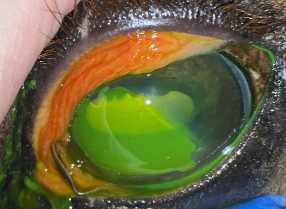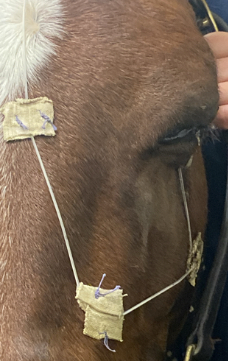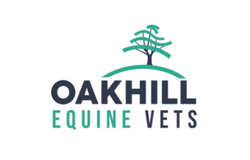Equine Ophthalmology
Horses can suffer from a huge range of ocular conditions which may involve the eyelids and surrounding tissue as well as the eye (globe) itself.
Signs to look out for
It is imperative that your horse is assessed by our equine team if you notice any changes with your horse’s eyes such as:
• swollen or torn eyelids
• inflamed and reddened conjunctiva
• a closed eye
• discharge (from watery to pus)
• cloudiness
• persistent rubbing of the eye
• sensitivity to bright light
These signs may indicate anything from mild irritation and infection to more serious and painful conditions including uveitis, foreign body penetration and deep corneal ulceration. Severe trauma or inflammation can lead to significant changes in the eye where the eye may be compromised to such an extent that vision could be affected long term or lead to rupture of the eye itself.

Ocular examination
Depending on the case, we may need to sedate your horse in order to perform a thorough ocular examination. We will often use a coloured dye called ‘Fluoroscein’ to help identify any ulceration or damage to the cornea (top surface of the eye). An opthalmoscope will be used to visualise the various structures within the eye, this includes the cornea, lens, iris, retina and inner chambers. These can be difficult to assess if there is cloudiness or inflammation in the front of the eye. In these cases we can perform an ultrasound examination to assess these hidden structures in our clinic. We can also check for changes in pressure within the eye, typically in cases of glaucoma, using a Tonometer.
